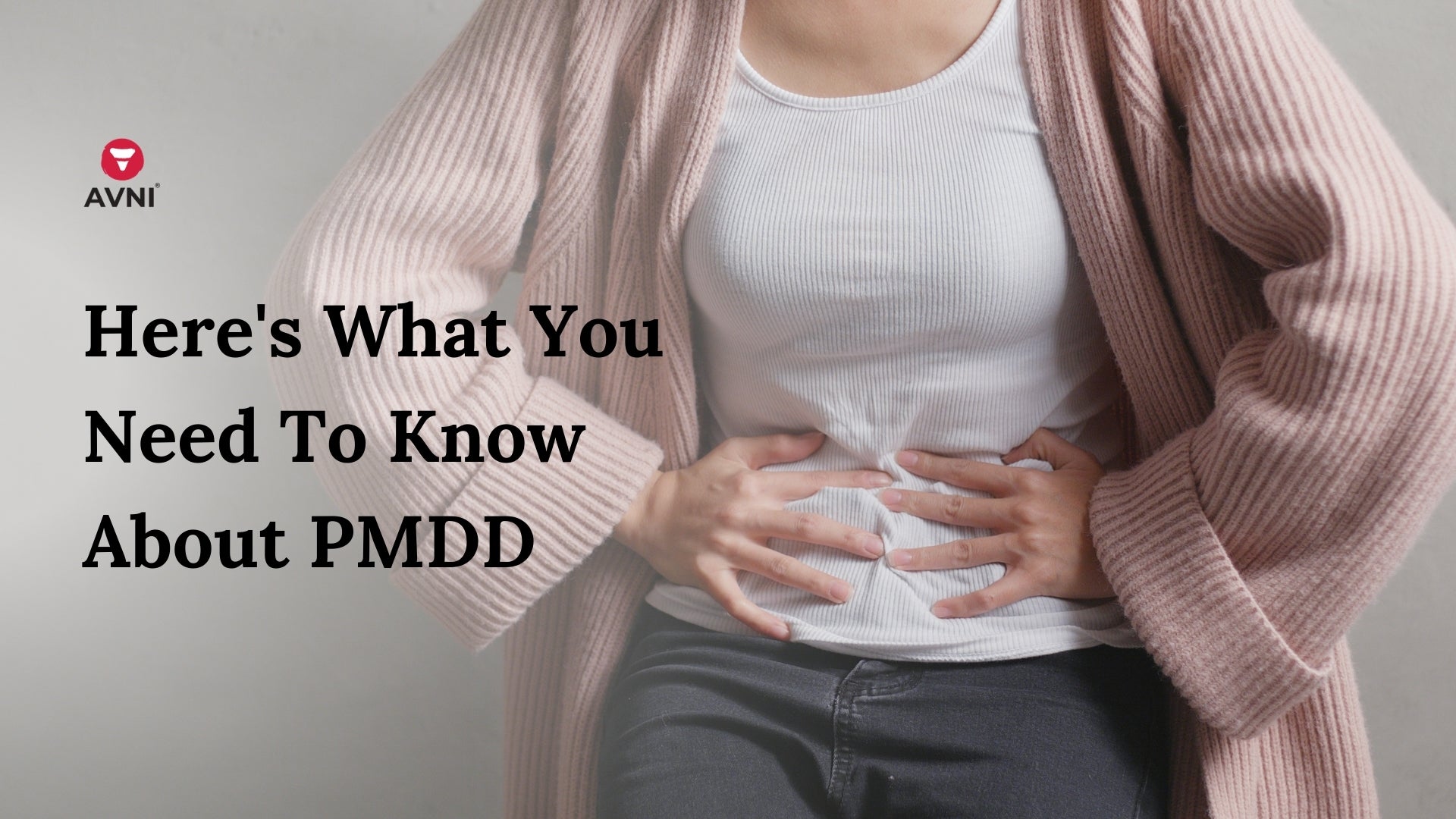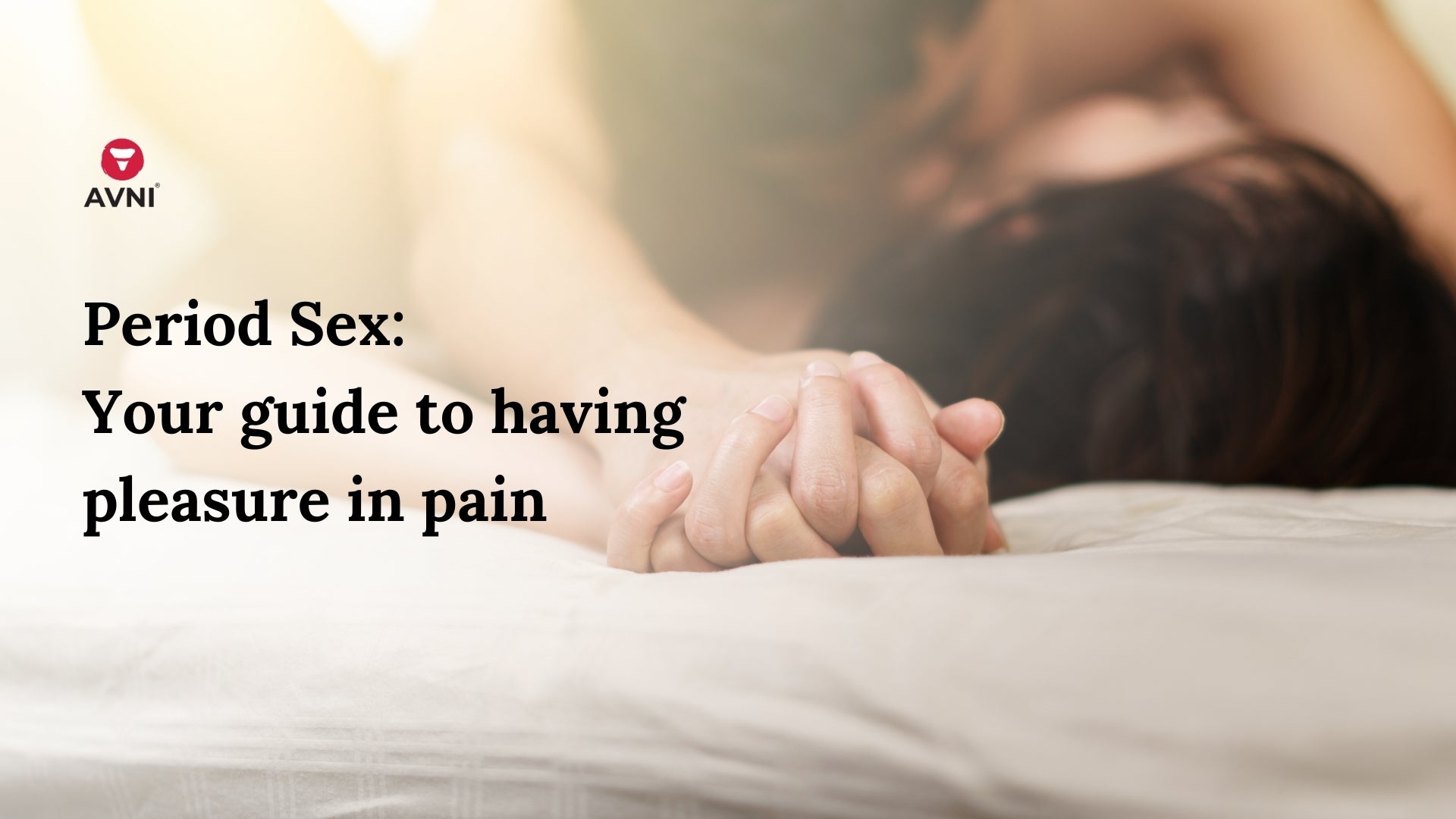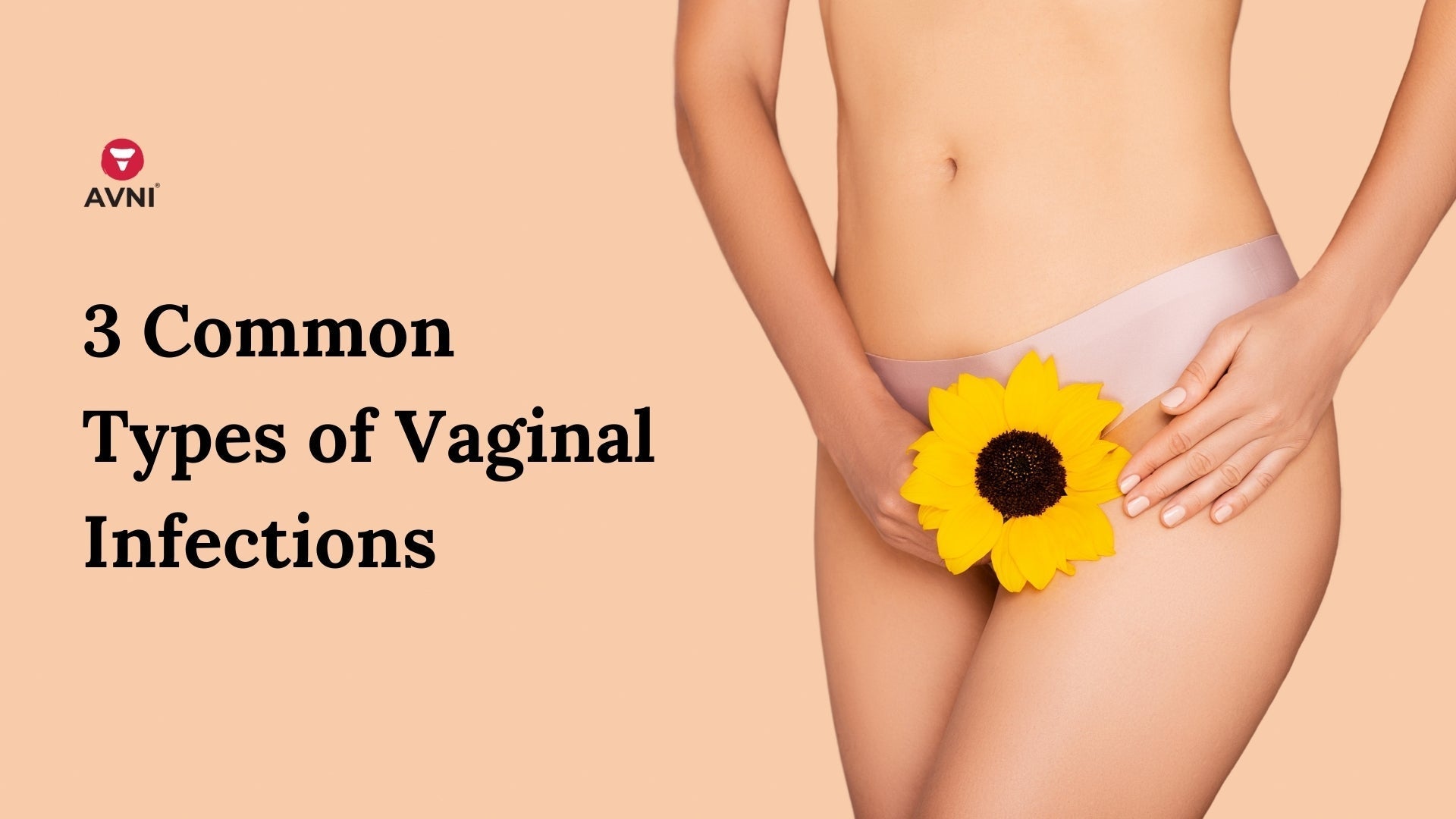
Here's What You Need To Know About PMDD
What is PMDD?
Premenstrual Dysphoric Disorder (PMDD) is a disorder most women experience during the month before their periods—but that's not always the case. It could be an ongoing problem that is disruptive at home and in your career. This condition is a severe form of premenstrual syndrome (PMS).
In fact, PMS and PMDD have many symptoms in common.
But women with PMDD feel overwhelmed by anxiety, hopelessness, and intense sadness one to two weeks before their periods. The intensity makes it hard to function normally and maintain relationships with family and friends.
Here's What You Need To Know About PMDD: A complete guide for understanding Premenstrual Dysphoric Disorder. The article is meant to encourage more awareness and open conversations surrounding PMDD.
What are Premenstrual symptoms?
Premenstrual symptoms are a series of behavioral and physical changes that occur in a cyclic pattern during the days or weeks before menstruation and then fade away after the menstrual period. Most women have little discomfort during periods and can continue to live their lives normally. However, symptoms can be moderate to severe of 5% to 8% of women causing distress and functional impairment. The diagnostic criteria for premenstrual syndrome have only recently been specified.
The term premenstrual disorders have undergone several changes over the years. Menstrual disorders caused by mood swings during menses were once called "menses moodiness," but this was later changed to "premenstrual tension." In the 1950s, researchers adopted the term "premenstrual syndrome" to describe a combination of physical and psychological symptoms that affected women before. The treating physicians must educate on menstruation.

What is the difference between PMS and PMDD?
While some women experience mild aches and pains before their periods. Premenstrual syndrome (PMS) is a term used to describe severe discomfort that impacts daily activities.
Late luteal dysphoric disorder or premenstrual dysphoric disorder (PMDD) is the most severe form of PMS. It often causes women to seek treatment.
11 Symptoms to identify Premenstrual Dysphoric Disorder
You might have PMDD if you have five of the following eleven symptoms:
- Difficulty concentrating
- Insomnia or Hypersomnia
- Marked shifts in the emotional state
- Feeling overwhelmed or out of control
- Intensified anxiety, tension, feeling "on edge"
- Low energy level, being very lazy, and easy fatiguing
- A loss of interest in work, school, friends, and hobbies
- Persistent feelings of anger and irritability, or conflicts with other people
- There may also be physical symptoms, such as breast tenderness or swelling, muscle or joint pain, headaches, weight gain, or bloating.
- Feeling unhappy and overwhelmed, with a strong sense of hopelessness or self-criticism
- Significant changes in appetite, eating more or less than usual, and cravings for specific foods

The risk factors for PMDD
Research has shown that a history of traumatic events and preexisting anxiety conditions are risk elements for the development of Premenstrual Dysphoric Disorder. Further research is needed to explain the latent mechanisms of this condition.
- The premenstrual dysphoric disorder is linked to cigarette smoking. The risk is raised even for former smokers. The danger tends to increase with a longer duration of cigarette smoking. Additionally, the risk of PMDD increases substantially for women who start smoking from adolescence.
- The risk of developing the premenstrual dysphoric disorder (PMDD) increases with increasing body mass index (BMI) at baseline.
- Twin studies suggest that genetics play a role in the development of premenstrual syndrome or premenstrual dysphoric disorder (PMS/PMDD) as well.
- Role of Sex Hormones in PMDD: Recent research suggests that women with PMS/PMDD have normal reproductive hormone patterns. But women prone to PMDD elicit sensitive reactions to the cyclical variations in their reproductive hormones. This means they are more likely to experience heightened mood, behavioral, and somatic symptoms during their periods.
Diagnosis of PMDD
During a physical examination, your doctor will rule out any gynecological issues that might be causing your symptoms to determine whether or not you have PMDD. Psychiatric evaluations are sometimes included in the diagnostic process because panic and anxiety disorders can also produce PMDD-like symptoms.
Treatment and Management of PMDD
There are two kinds of treatment modes for Premenstrual Dysphoric Disorder:
1. Non-Medicative Methods:
Dietary modifications: Controlled consumption of carbohydrates and protein is efficacious in dealing with PMDD as it helps to balance the serotonin levels in the body. Chaste berry has been also shown to be somewhat effective in reducing PMDD symptoms by exerting some dopaminergic effect.
Exercise: Exercise may improve symptoms of premenstrual dysphoric disorder (PMDD) by elevating beta-endorphin (natural painkillers of the human body) levels.
Stress management: Yoga, relaxation, meditation, and breathing techniques can tremendously help to deal better with PMDD.
2. Medical methods
Psychotropic drugs intake:
1. The antidepressant drug category known as serotonin reuptake inhibitors(SRI) has been proven to be potent in curing harsh somatic and mood symptoms of PMDD. Treatment of PMDD symptoms with SRIs can be done intermittently from mid-cycle until menstruation rather as opposed to continuous treatment.
2. Women with severe anxiety or premenstrual insomnia are more likely to benefit from Benzodiazepines (a chemical used in sleeping pills). There is, however, a risk of dependence, so careful monitoring is recommended, particularly in cases involving past substance abuse
Ceasing ovulation:
1. Clinicians use hormonal therapy (HRT) to inhibit the stimulation of the hormone responsible for ovulation. However, this is an extremely risky treatment pathway and sometimes results in early menopause.
2. Danazol is another medicine used to stop ovulation.

Disclaimer: All medical treatments are only mentioned for information purposes and should be only considered after a doctor’s consultation.
Managing these patients inter-professionally requires effective coordination between the primary physician, gynecologist, and psychiatrist.
It is imperative that the treating physicians educate their patients about the symptoms and encourage them to keep a diary to ensure that symptoms are recorded accurately. Having a therapist on board is a worthwhile investment.
A therapist can help patients cope with anxiety and depression by teaching them various coping techniques in addition to managing their medications.
Conclusion
Premenstrual dysphoric disorder (PMDD) is an extreme state of premenstrual syndrome. The medical reasons behind the occurrence of PMDD are still a matter of investigation. PMDD usually triggers a woman before a few weeks of her menses cycle. But is not limited to it.
Women who experience PMDD suffer extreme levels of anxiety and stress. These women are unable to cope with even the most basic needs. Symptoms of PMDD can often overlap with general depression and anxiety. Therefore, a practitioner plays a huge role in distinguishing these symptoms and implementing the right treatment for the patient.
The treatment of PMDD is done in many different ways, ranging from lifestyle changes to medications that induce certain hormones or alter activity within the brain.
This article is a reminder that all the women suffering from PMDD should keep in mind that they aren't to blame for it. There is no need to be shy about discussing their problems with friends, family, and health care providers. Hope this article was helpful to you!



Leave a comment
This site is protected by hCaptcha and the hCaptcha Privacy Policy and Terms of Service apply.